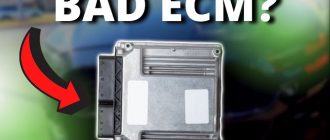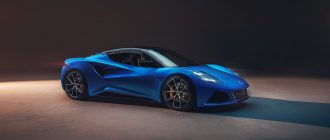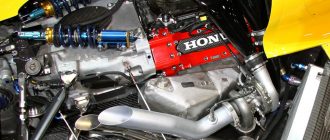When was the Car Engine Invented?
The Early Days
The first known attempt to create a self-propelled vehicle was made by Leonardo da Vinci in the early 16th century. His design was for a four-wheeled cart powered by a spring mechanism. However, it was not until the 19th century that the first successful internal combustion engines were developed.
In 1806, François Isaac de Rivaz created the first internal combustion engine that used hydrogen as fuel. However, it was not until 1860 that Étienne Lenoir developed the first practical internal combustion engine that used liquid fuel. Lenoir’s engine was a two-stroke design that used a mixture of air and coal gas as fuel.
The Four-Stroke Engine
In 1876, Nicolaus Otto developed the four-stroke engine, which is the basis for most modern car engines. Otto’s engine was a four-cycle design that used a piston to move air and fuel into and out of the combustion chamber. The four strokes of the engine are:
1. **Intake stroke:** The piston moves down the cylinder, drawing air and fuel into the combustion chamber.
2. **Compression stroke:** The piston moves up the cylinder, compressing the air and fuel mixture.
3. **Power stroke:** The spark plug ignites the air and fuel mixture, causing it to explode and drive the piston down the cylinder.
4. **Exhaust stroke:** The piston moves up the cylinder, expelling the exhaust gases from the combustion chamber.
The Diesel Engine
In 1892, Rudolf Diesel developed the diesel engine, which is a type of internal combustion engine that uses compression to ignite the fuel. Diesel’s engine was a four-stroke design that used a piston to compress air in the combustion chamber. The compressed air then ignited the fuel, which was injected into the combustion chamber.
The Modern Car Engine
The modern car engine is a complex and sophisticated machine that has evolved over many years. However, the basic principles of operation are the same as those of the first internal combustion engines.
Modern car engines are typically four-stroke engines that use a piston to move air and fuel into and out of the combustion chamber. The fuel is mixed with air and then ignited by a spark plug. The resulting explosion drives the piston down the cylinder, which in turn turns the crankshaft.
Modern car engines are also equipped with a variety of emissions control devices to reduce the amount of pollutants that they emit into the atmosphere.
Conclusion
The car engine has come a long way since its humble beginnings in the early 19th century. Today, car engines are complex and sophisticated machines that power vehicles all over the world.




